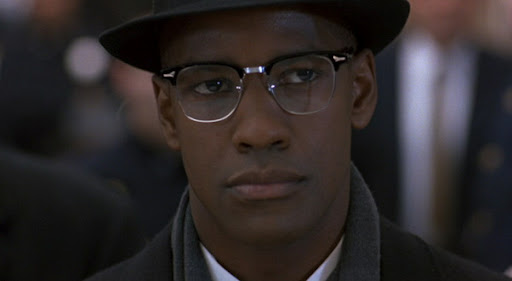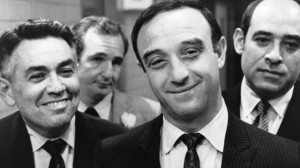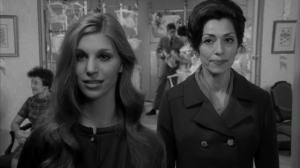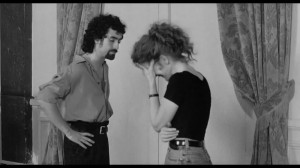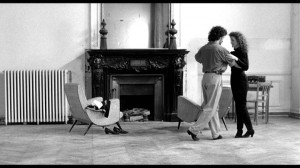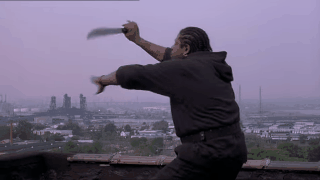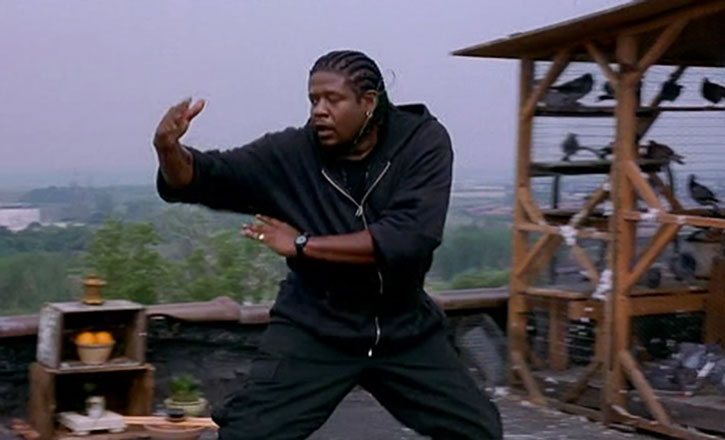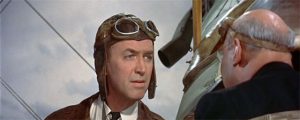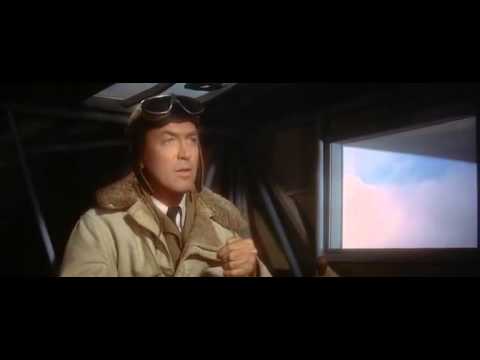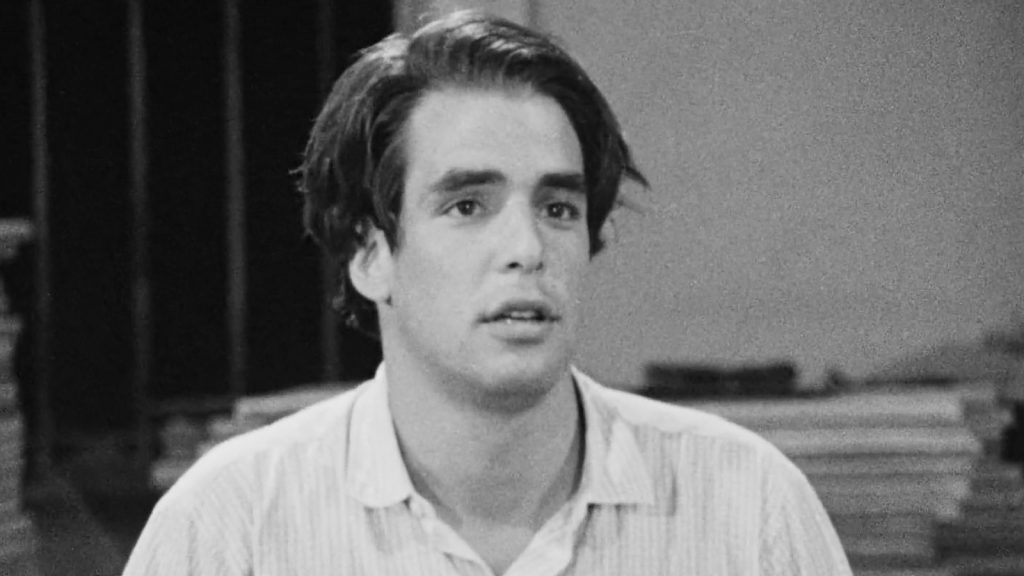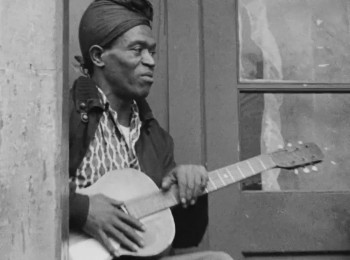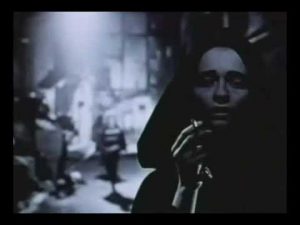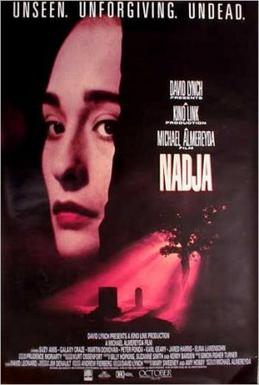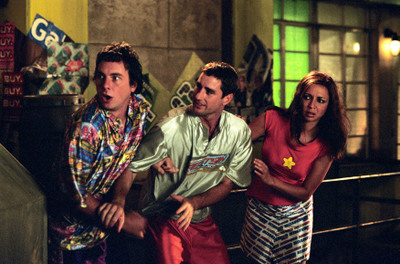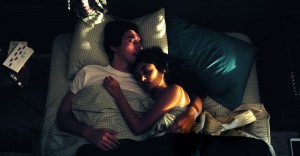From the Chicago Reader (December 11, 1992); also reprinted in Movies as Politics. — J.R.
MALCOLM X
** (Worth seeing)
Directed by Spike Lee
Written by Arnold Perl and Spike Lee
With Denzel Washington, Angela Bassett, Albert Hall, Al Freeman Jr., Delroy Lindo, and Spike Lee.
“At the top of 1968, over the vehement protests of my family and my friends, I flew to Hollywood to write the screenplay for The Autobiography of Malcolm X. My family and my friends were entirely right; but I was not (since I survived it) entirely wrong. Still, I think that I would rather be horsewhipped, or incarcerated in the forthright bedlam of Bellevue, than repeat the adventure — not, luckily, that I will ever be allowed to repeat it: it is not an adventure which one permits a friend, or brother, to attempt to survive twice. It was a gamble which I knew I might lose, and which I lost — a very bad day at the races: but I learned something.” — James Baldwin, The Devil Finds Work (1976)
“If the complexity that was Malcolm X survives this moment as only a T-shirt or a trademark, then it is no wonder that Clarence Thomas has emerged as the perfect cooptive successor–an heir-transparent, a product with real producers; the new improved apparition of Malcolm, the cleaned-up version of what he could have been with a good strong grandfather figure to set him right. Read more

